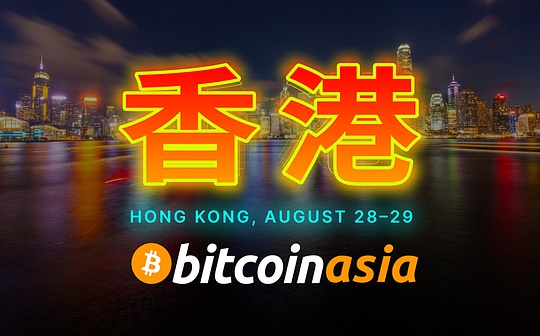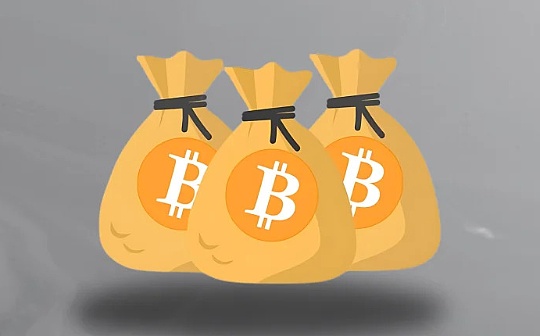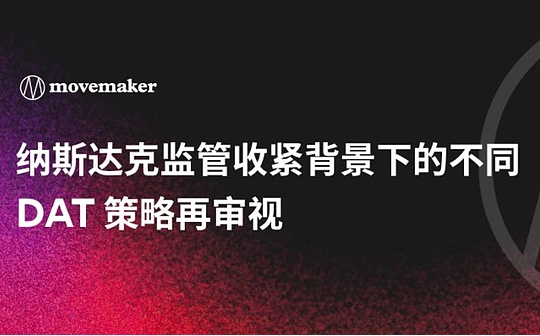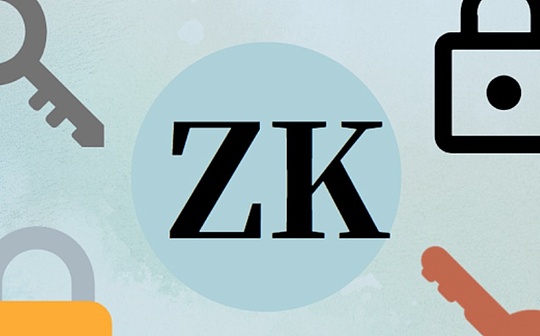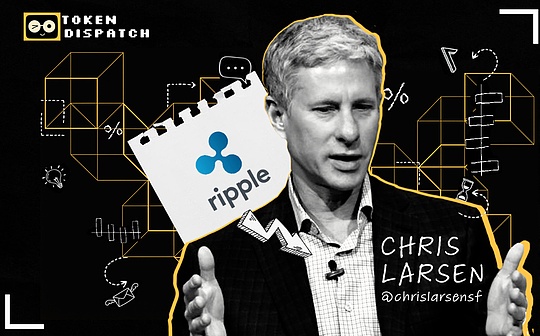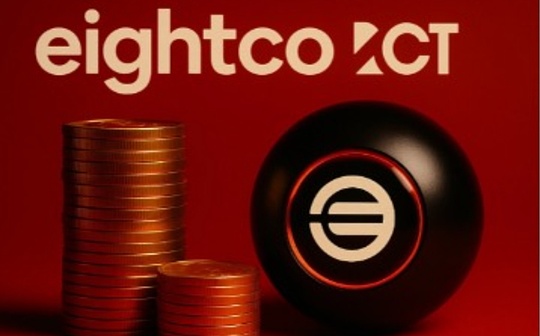
Source: Blockworks; Compilation: Wuzhu, bitchain vision
In The Innovator’s Dilemma , Clay Christensen proposes the concept of disruptive innovation—a product that initially looks like a cheap copy that eventually rewrites the rules of the entire industry.
These products usually start in low-end or brand-new markets that are overlooked by existing companies because they are either inadequate profits or do not seem to have strategic importance.
But this is a good starting point:“Disruptive technologies were initially favored by the lowest profitable customer base in the market,”Christensen explained.
These customers often aspire to adopt a product that is initially inferior in terms of traditional performance metrics but is cheaper, simpler, and easier to obtain.
Christensen cited the example of Toyota, whose starting targets in the U.S. market are those budget-oriented customer groups that are overlooked by the top three U.S. automakers.
In Christensen’s words, established car manufacturers focus on larger, faster, more functional cars, which “creates a vacuum under them”, while Toyota fills this vacuum with a slower, smaller, and lower-configured Corona.When the car was launched in 1965, it sold for just $2,000.
Today, Toyota is the second largest automaker in the United States, with its Lexus LX 600 luxury SUV starting at $115,850.
Toyota used Corona to squeeze into the U.S. market and then steadily climbed the value chain, which confirms Christensen’s argument that the best way to climb to the top is to start from the bottom.
Stablecoins may also take a similar path.
Christensen’s disruptors start in niche markets, while stablecoins start in emerging markets.
For Americans with bank deposits, a stablecoin is essentially a bad dollar—it is not insured by the Federal Deposit Insurance Corporation (FDIC), is not properly audited, is not integrated into the ACH or SWIFT system, and (though the name is) is not always exchangeable for $1.
However, for people outside the United States, they are a more advanced dollar—unlike $100 bills, you don’t have to hide them, they won’t be torn or tainted, and you don’t have to exchange them in person in person.
This makes the dollar stablecoins popular in countries such as Argentina—one in five Argentines are said to use them every day—though few in the United States can say what they are.
Of course, Argentina is not the only place to use stablecoins—stablecoins are popular among DeFi traders, people who cannot pass the KYC inspection, immigrants who send money back home, employers who pay cross-border freelancers’ wages, and depositors who flee their home countries’ hyperinflation currencies.
As customers of existing banks, these stablecoins are not profitable enough to attract them, so it doesn’t matter that stablecoins are initially inferior to those issued by banks.
There was a time when people were so eager for digital dollars that they didn’t seem to care even if Tether’s USDT had full support.
Since Circle offers a regulated USDT alternative, Tether itself seems to be acting on the rules, and some stablecoins even provide benefits, their situation has improved a lot.
But is this innovation really disruptive?
Christensen researches all six-part tests to determine whether an innovation is disruptive:
Is its target customers non-consumers or those who are over-serviced in the market by existing products from existing suppliers?
Yes – DeFi traders and emerging market depositors don’t need FDIC-backed U.S. Bank deposits (a full U.S. bank account will make them “overserviced”), but they do want digital dollars.
Is this product inferior to the existing products of existing suppliers based on historical performance?
Yes – Stablecoins have deviated from the $1 peg rate, falling to zero (Luna/UST), expensive entry and exit, and may be frozen and unrecoverable.
Is this innovation easier to use, more convenient or more affordable than existing products from existing suppliers?
Yes – Sending stablecoins is easier than sending bank deposits, more convenient for many and more affordable for some.
Does this product have the technology drivers that can bring it to the high-end market and keep it improving?
Yes – Blockchain!
Is this technology combined with innovations in business models that make it sustainable?
Maybe?Tether may be the most profitable company in history by per capita employees, but if U.S. regulators allow stablecoins to pay interest, issuing stablecoins may not bring any profit at all.
Are existing suppliers motivated to ignore new innovations and not threatened from the beginning?
No.Incumbent suppliers seem to be alert to the threat and are aware of the opportunity therein.
“Almost always, when low-end disruption occurs, industry leaders are actually motivated to escape rather than compete with you,” Christensen wrote.“That’s why low-end disruption is such an important tool for creating new growth businesses: competitors don’t want to compete with you; they’ll walk away.”
Stablecoins may be a rare exception: instead of giving up on the low-cost innovations of stablecoins, existing suppliers seem to be racing to chase it.
Payment giants Visa, Mastercard and Stripe have all announced new stablecoins in recent weeks; BlackRock’s BUIDL fund, which looks like a yield stablecoin, is rapidly attracting assets; Bank of America CEO says they are likely to issue stablecoins once regulators allow them.
This may be because financial executives have read The Innovator’s Dilemma.
It may also be because stablecoins are very easy to issue.
Christensen defines disruptive innovation as a company-driven one—startups leverage low-end beachheads to seize mainstream markets before existing businesses take it seriously.
Perhaps the same is true for stablecoins: Circle payment networks are to Circle, just like Lexus is to Toyota.
But Circle’s competitors are not as dull and slow as Toyota, so, contrary to Christensen’s theory, early innovators of stablecoins are completely likely to be eliminated by “going to heaven”.
Anyway, the end result may be the same:A recent Citi report predicts that by 2030, the asset management of stablecoins could reach $3.7 trillion, mainly due to the adoption of institutional investors.

